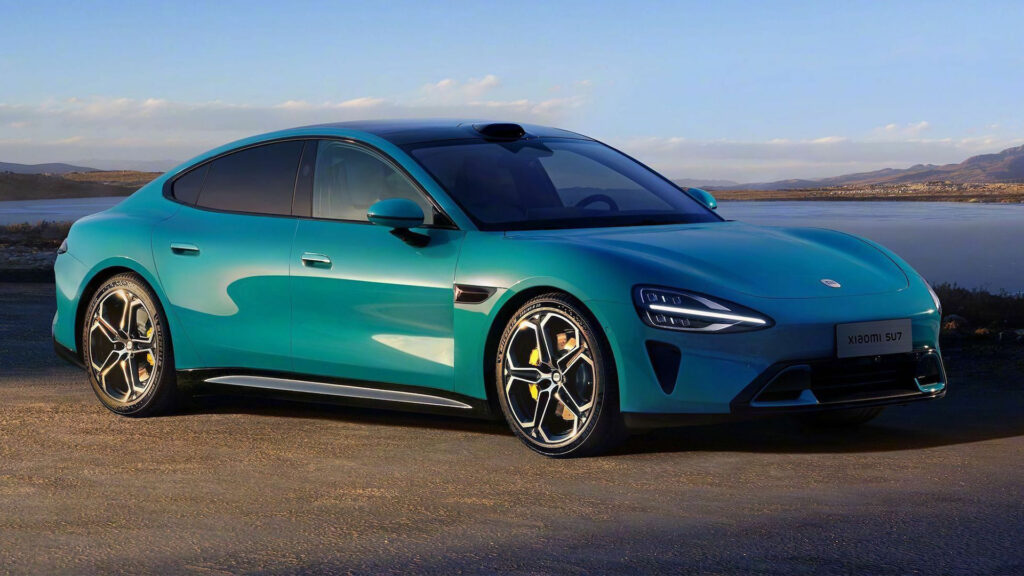- The Chinese technology giant delivered 27,307 vehicles in the second quarter of the year.
- In Q2, Rivian lost over $32,000 per car sold, while Ford’s electric division lost $47,600 for each EV built.
- Analysts think Xiaomi could reach a breakeven point when it’s selling between 300,000 and 400,000 cars annually.
Developing, building, and selling electric vehicles is an expensive business, and Chinese tech giant Xiaomi has found this out the hard way, losing millions with the launch of its SU7 sports sedan. However, on a per-vehicle basis, it’s doing a lot better than some more established brands.
Xiaomi’s automotive arm posted an adjusted loss of $252 million for the second quarter ending June 30. This represented its first-ever full delivery quarter. During April, May, and June, Xiaomi delivered 27,307 EVs to buyers in China and believes it can top 100,000 deliveries by November. Factoring in its total losses and the number of deliveries, Xiaomi has lost $9,200 for every car it sold.
Read: Xiaomi’s Electric SUV Could Be Unveiled This October
While Xiaomi’s car division is far from a money-making business, such losses aren’t unusual. In early August, it was revealed that Rivian lost $1.46 billion in the second quarter, produced just 9,162 vehicles over the same period, and lost $32,705 per vehicle delivered in Q2. Ford is doing even worse. In the second quarter, the Ford Model e electric car division lost $1.1 billion and sold 23,957 vehicles, losing the equivalent of $47,600 per EV sold.
Analysts from Citibank believe Xiaomi’s automotive business could reach a breakeven point if it starts selling between 300,000 and 400,000 vehicles annually.

Interestingly, Lei Jun doesn’t have immediate ambitions to sell Xiaomi’s current EV – or future models – outside of China. Speaking with CNBC in April, Lei said the firm will strictly focus on the Chinese market for the next three years before it enters the global market.
A second model will help Xiaomi on its path to profitability. This new model, tipped to be an SUV slightly larger than the SU7, could premiere before the end of this year before customer deliveries begin in early 2025. Given the demand for SUVs and crossovers, it could prove to be even more popular than the SU7 sedan.




